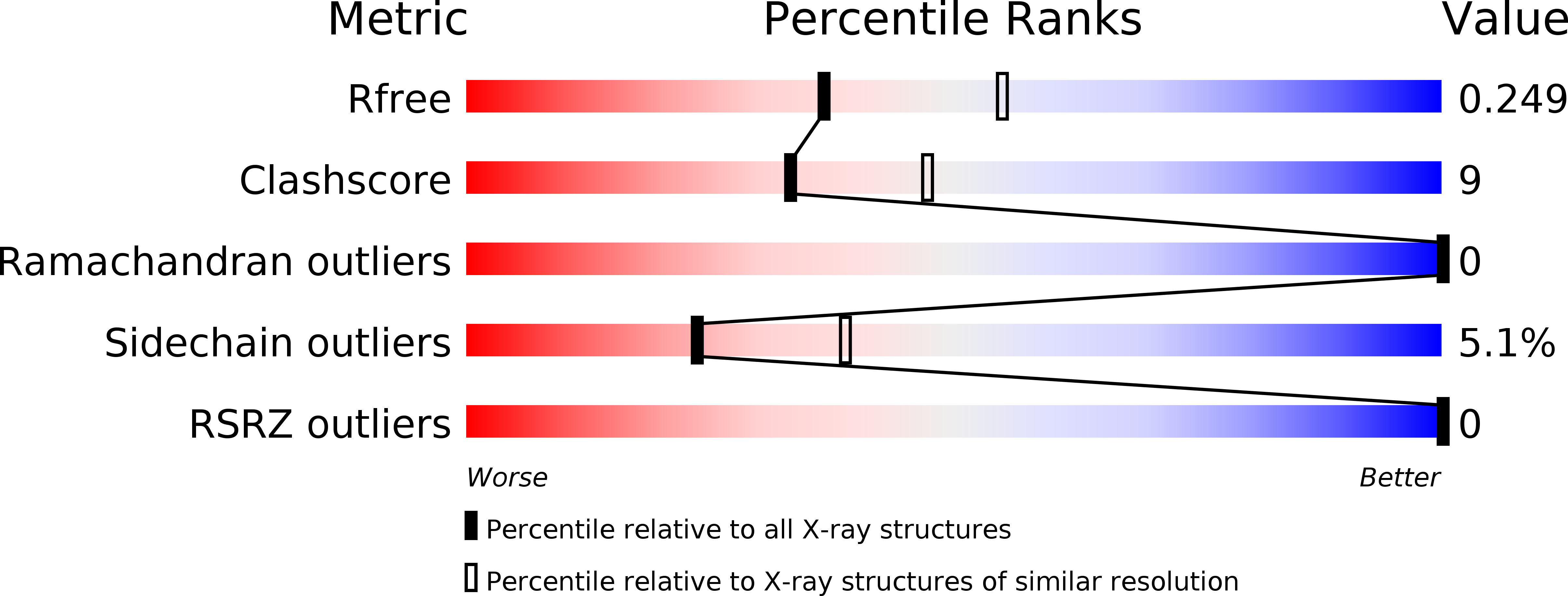
Deposition Date
2012-05-30
Release Date
2012-12-26
Last Version Date
2023-11-08
Entry Detail
Biological Source:
Source Organism:
Deinococcus radiodurans (Taxon ID: 243230)
Host Organism:
Method Details:
Experimental Method:
Resolution:
2.40 Å
R-Value Free:
0.25
R-Value Work:
0.19
R-Value Observed:
0.19
Space Group:
P 31 2 1


